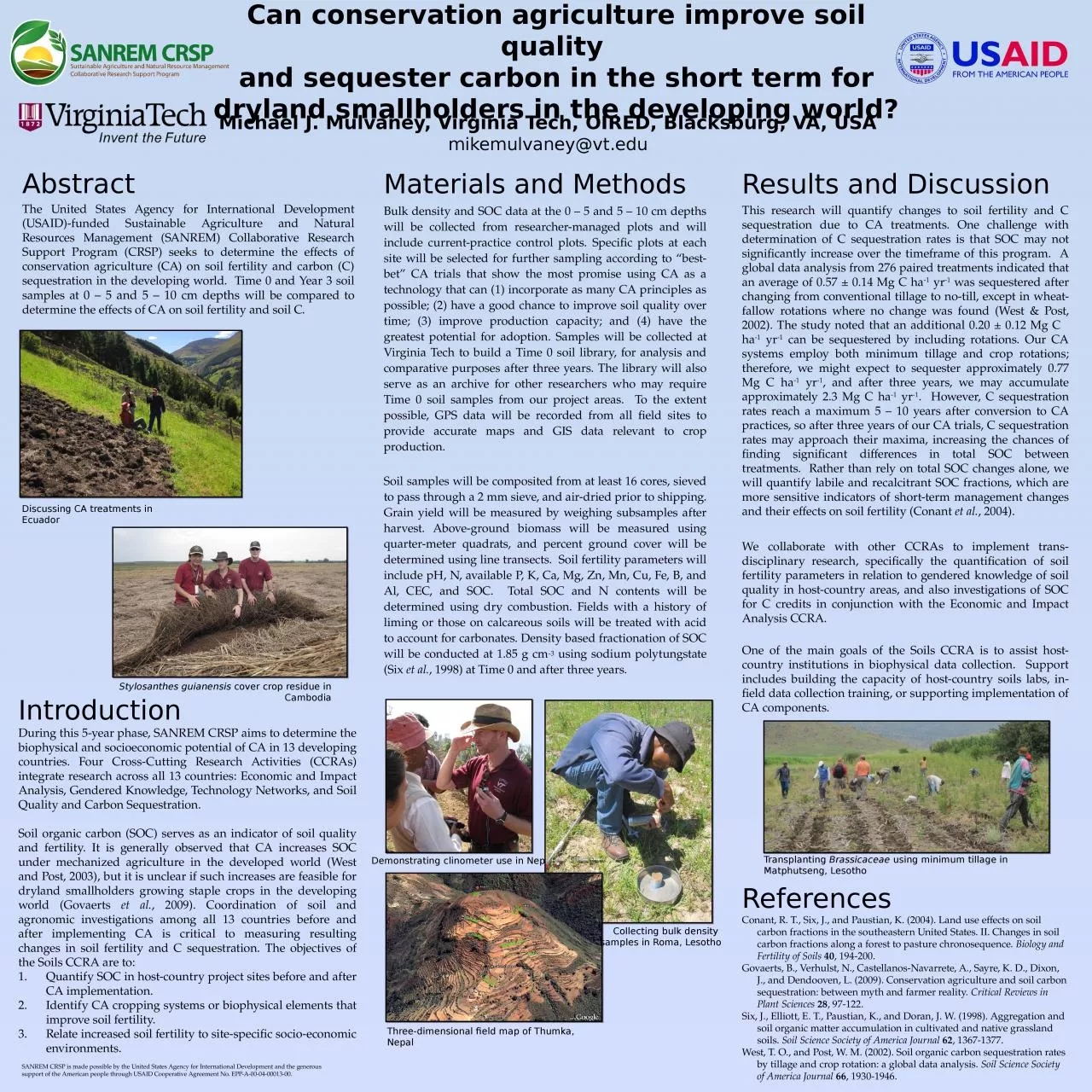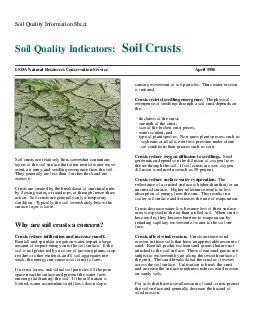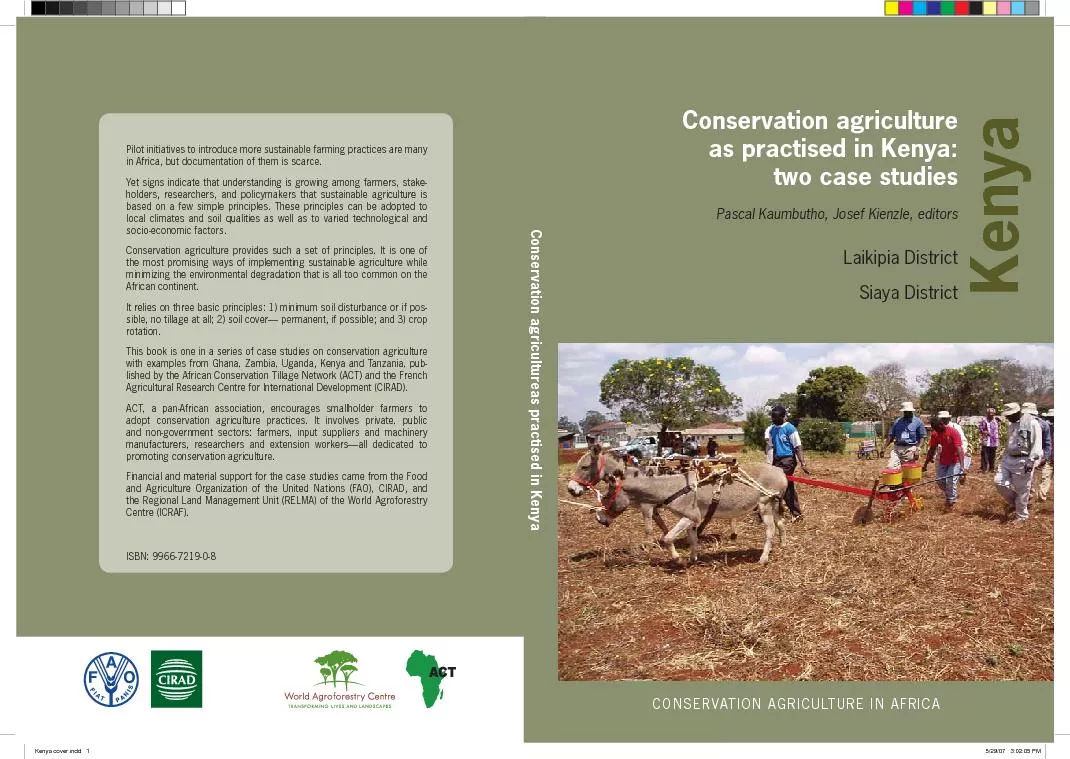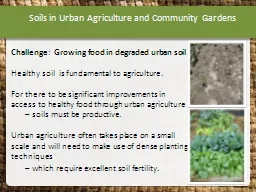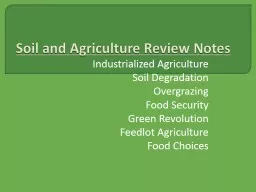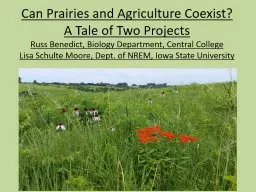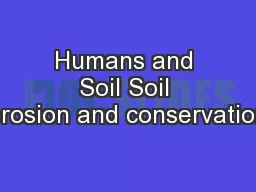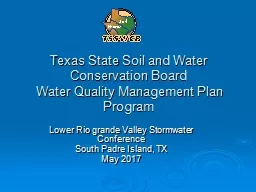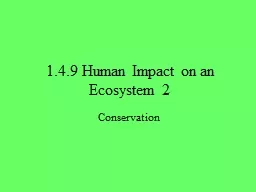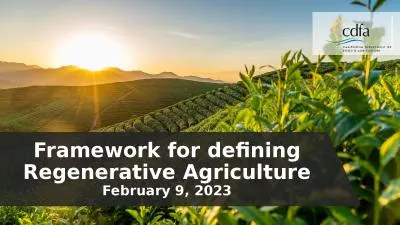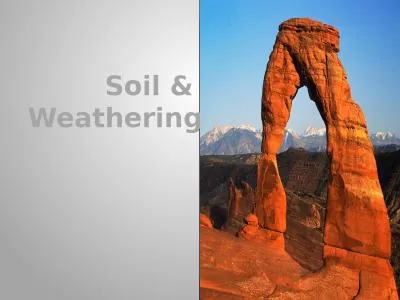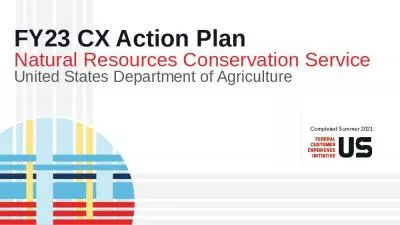PPT-Can conservation agriculture improve soil quality
Author : claire | Published Date : 2023-10-28
and sequester carbon in the short term for dryland smallholders in the developing world Abstract The United States Agency for International Development USAID funded
Presentation Embed Code
Download Presentation
Download Presentation The PPT/PDF document "Can conservation agriculture improve soi..." is the property of its rightful owner. Permission is granted to download and print the materials on this website for personal, non-commercial use only, and to display it on your personal computer provided you do not modify the materials and that you retain all copyright notices contained in the materials. By downloading content from our website, you accept the terms of this agreement.
Can conservation agriculture improve soil quality: Transcript
Download Rules Of Document
"Can conservation agriculture improve soil quality"The content belongs to its owner. You may download and print it for personal use, without modification, and keep all copyright notices. By downloading, you agree to these terms.
Related Documents

